
by | Oct 31, 2017 | General Articles, Invisalign, Invisalign Teen, Orthodontic Treatments, Team Demas Orthodontics
In a perfect world, everyone would have a perfect smile. Everyone would have perfect oral hygiene habits, so they wouldn’t have any cavities. Their teeth would already be straight, so there would be no need for orthodontic intervention. Unfortunately, this is not the current state of reality. Most people don’t have perfect smiles. Most people don’t have shiny, white teeth. Many people do end up needing some sort of orthodontic intervention.
Luckily, trained professionals are ready and willing to provide whatever services the public needs. Nevertheless, a lot of people are under the impression that their dental problems are so unique that they can’t receive care from an orthodontist. This is simply not true. One of the most common assumptions is that braces and fillings don’t mix. Take a look at questions people have and what the experts say.
Read more…
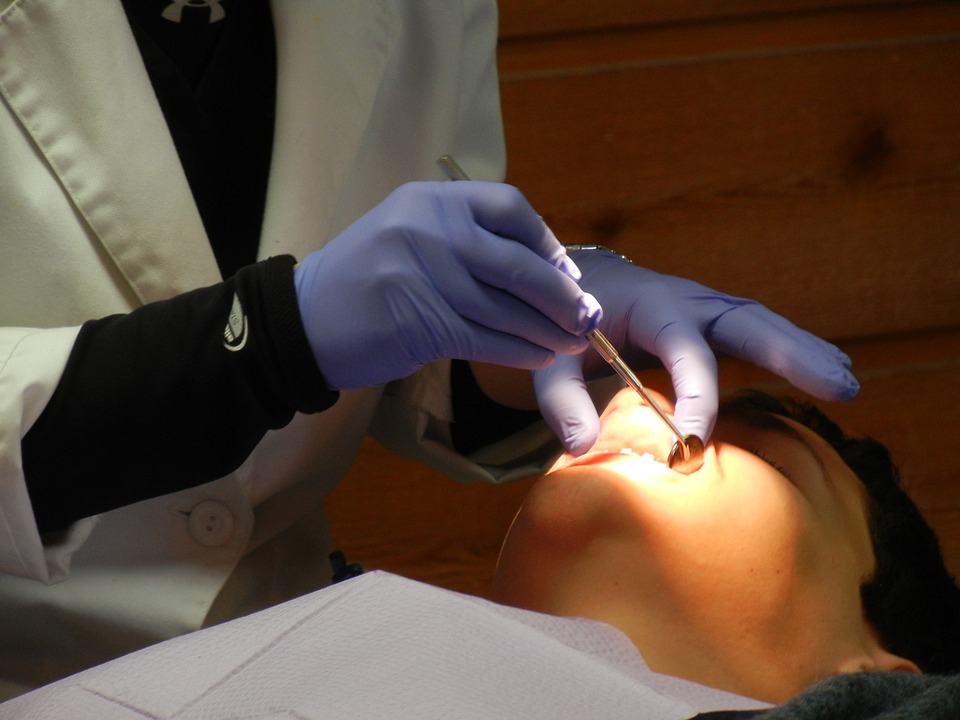
by | Sep 28, 2017 | Orthodontic Treatments
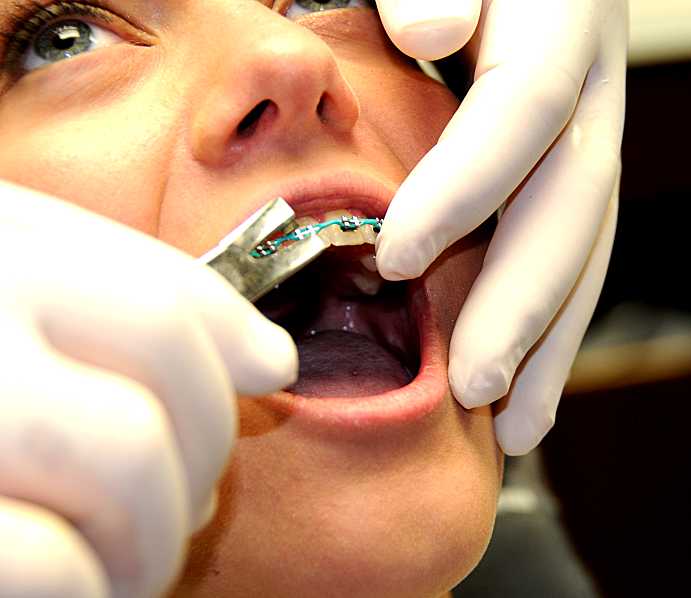
Is it Possible for a Patient to Change Orthodontists?
Sometimes, the relationship between a patient and an orthodontist is unsuccessful. The patient may feel as if the orthodontist is not acting in his or her best interest. The patient may have experienced an unexpected painful treatment or an attitude that was unprofessional. Perhaps, the person feels as if a different orthodontist may offer affordable braces, whereas the current orthodontist does not. In such cases, a person may want to change the orthodontist from which he or she has been receiving care. This individual may want to know if changing an orthodontist is allowable. The short answer to the question is “yes.”
Read more…
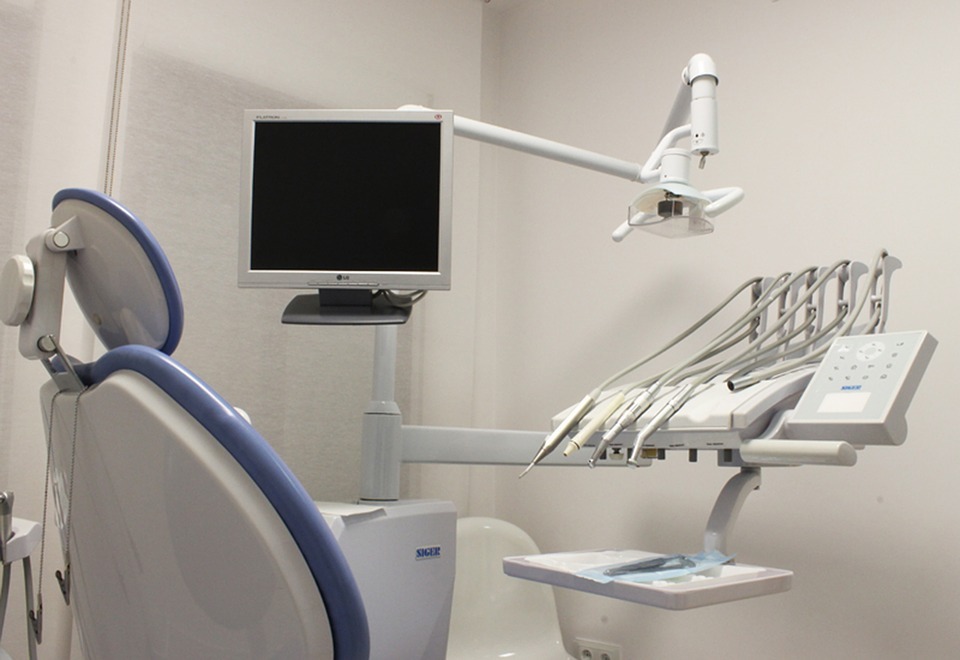
by | Aug 29, 2017 | Orthodontic Treatments

LAST UPDATED: AUGUST 29, 2017
What are Temporary Anchoring Devices (TADs)?
A temporary anchoring device (TAD) is actually a tiny screw that one of Dr. Don Demas’ team, at his Connecticut office in Southington, will position in your mouth. Its role is to act as an anchor for the movement of specific teeth. Titanium alloy is used to make a TAD. He sometimes uses these TADs as a substitute for external appliances, such as headgear, and this allows him to treat bite problems that in earlier days were virtually impossible to do without surgery. The advent of TADs also means that in some cases treatment is better and faster.
FAQ
What is Positioning of the TAD
As with most minor surgical procedures, the environment has to be kept completely sterile. A solution of chlorhexidine is usually applied to the area before the TAD is put into place. Anaesthetic is then used which is only a third of that normally used for a filling. The TAD is removed from its sterile container and put into a driver, like a screwdriver, and then Dr. Demas will screw it in, using gentle pressure right through the gum and into the bone.
The positioning of the screw only takes around 20 seconds. With the additional 5 minutes for the local anesthetic spraying procedure and 2 minutes to put the spring in place, the majority of single TAD implantations can take place within a single orthodontic adjustment appointment.
A few patients may experience a mild sensitivity in the area for a day or two after the procedure but this is easily resolved with a mild anti-inflammatory drug.
Once the TAD is in place it will be necessary to keep it scrupulously clean by brushing it gently with an antibacterial solution. This will ensure there are no unnecessary complications with the TAD and it will be made much easier.
When will the TAD be removed?
Like virtually all orthodontic devices, the TAD is temporary and is normally removed once it has done its job of assisting with tooth movement. A numbing gel is applied and within a few seconds, the TAD has been gently removed.
What Are The benefits of TADs
The use of TADS typically helps to lower treatment times, eliminates the necessity to wear elastic appliances or rubber bands and in certain situations can even make some oral surgery unnecessary. It also allows orthodontists to treat more complex cases which before the introduction of TADs might have been impossible. It is a remarkably small device but plays a very important role in tooth movement procedures.
Contact Team Demas Orthodontics
For strong teeth in Southington, contact Team Demas Orthodontics for an appointment with one of these orthodontists:
- Donald C. Demas
- Mark Clauss
With an examination through medical images of your face and mouth, our orthodontists can determine the best type of braces or aligners for your needs. Most noteworthy is the types of orthodontic treatments available at Team Demas Orthodontics include:
- Invisible braces / Invisalign
- Ceramic braces
- Lingual braces
- Metal braces
Team Demas Orthodontics
27 Meriden Ave #2a, Southington, CT 06489, USA
Phone: 860-276-0333
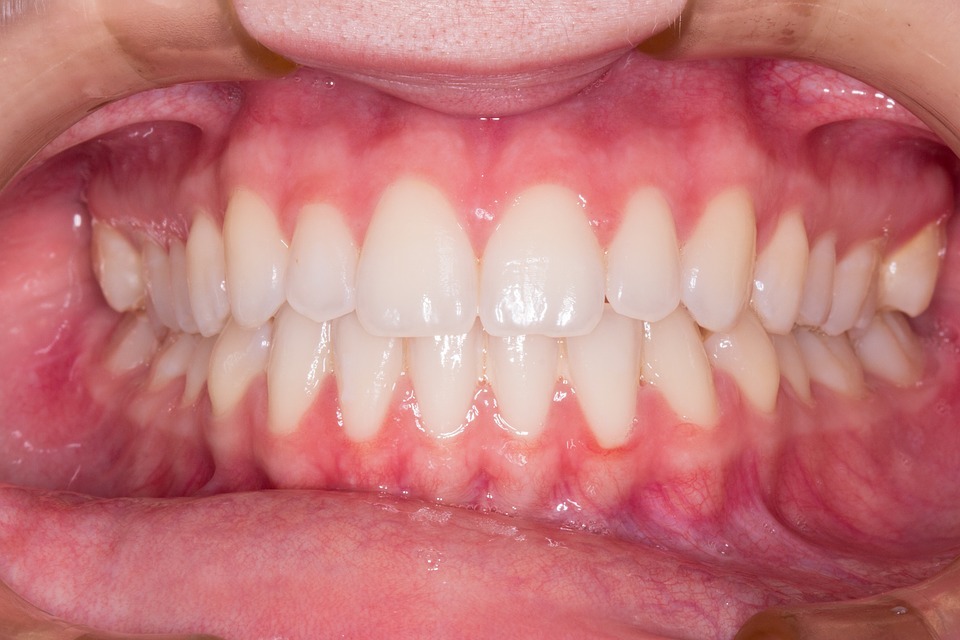
by | Jul 31, 2017 | Orthodontic Treatments

Braces work by forming little cramps that surround each tooth, which is sometimes called “Charlie’s Horses”. The enzymes that go into action together with orthodontic forces cause the old bone to disintegrate where the pressure is present and new bone to be formed where there is a void. These changes are quite normal and provide the basis for tooth movement through orthodontic procedures. There is no doubt found that the movement of teeth results at least in minor alterations to the length and shape of the teeth’s roots in all patient undergoing braces treatment. Most of these changes, however, cannot be detected with the naked eye.
Read more…
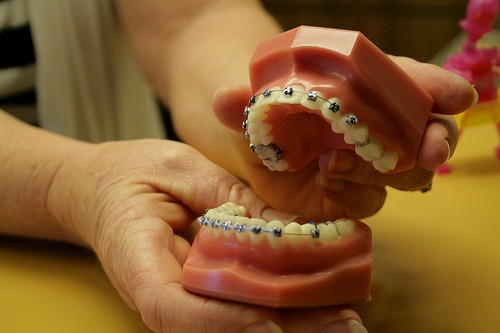
by | Jun 28, 2017 | Invisalign, Invisalign Teen, Orthodontic Treatments, Team Demas Orthodontics
LAST UPDATED: JUNE 28, 2017
Braces aren’t just for teenagers anymore since millions of teens and adults have braces on their teeth every single day. Braces and orthodontic work can help align your teeth and make your smile more appealing. The specific amount of time a person needs to wear braces is obviously going to differ from one individual to the next. Some people are able to wear braces for only six months while others are in them for two or even three years. Knowing why you’re wearing braces and why they may still be on will help you put the effort and energy into your orthodontic treatment to get the most out of it.
FAQ
What are the Benefits of Braces?
Whether you’ve been fitted for traditional metal braces or are wearing Invisalign, having braces is a wonderful option for people who want to improve the look of their smile. Your smile is normally going to be the first thing a person notices about you, so it’s pretty obvious that you’ll want to put a bit of time and attention into your teeth if you feel they could use it.
Read more…

by | May 23, 2017 | Invisalign, Invisalign Teen, Orthodontic Treatments, Team Demas Orthodontics
LAST UPDATED: MAY 23, 2017
If you are wondering if traditional braces are cheaper than Invisalign, the answer is generally yes. Of course the actual cost of whatever option you choose will vary based on factors such as how long you will be wearing them, but traditional braces will generally run you less money than invisible aligners. The reason for this is that Invisalign is more high maintenance. With traditional braces, you will generally need to go in for adjustments about once every month. The orthodontist will adjust the wiring, which is fairly cheap itself, and that will be it. Because it is an older technology, it was designed so that keeping the braces fitted to your teeth entails a lot less work on the part of the orthodontist.
In contrast, with Invisalign, you will need to go in about once every two weeks to get a new mold for your teeth. These molds will have to be changed each time you go in (since the aligners that you are wearing are shifting your teeth and they will not be in the same positions that they were in even two weeks ago). Once the impressions from your teeth are acquired, they will be sent to a lab that will make the actual molds that you will be wearing. The constantly changing molds will make it so that your teeth are constantly shifting closer to the positions in which you want them, but it also means more work for your orthodontist, and more resources consumed for everyone involved. As such, it will naturally be more expensive than traditional braces.
Read more…









